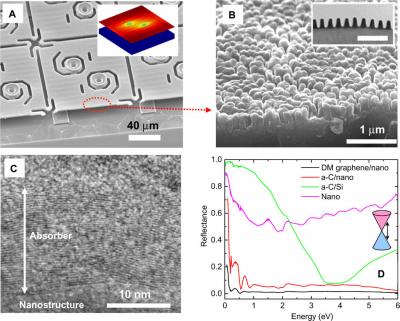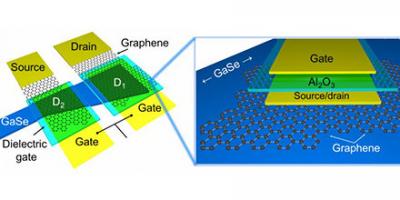Graphene impressions from the Mobile World Summit
Last week Barcelona hosted the Mobile World Congress trade show, and it was a very large and impressive conference - with over 100,000 visitors and thousands of exhibiting companies. This year the MWC included a graphene pavilion, organized by the ICFO and the Graphene Flagship, Europe's $1 billion research project initiative.
The Graphene Pavilion was very impressive, with several companies showcasing real graphene products and prototype devices, and also several research groups from leading Universities. The Pavilion consisted of 11 companies and 9 research centers - and you could see graphene materials, graphene supercapacitors (From Zap&Go, soon to hit the market), large graphene EMI shielding films (from GNext), graphene sensors and graphene-based RFID tags and antennas. In the photo below you can see an air quality prototype sensor made from graphene developed by Libre SRL (PiAndBi).



